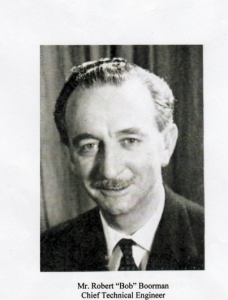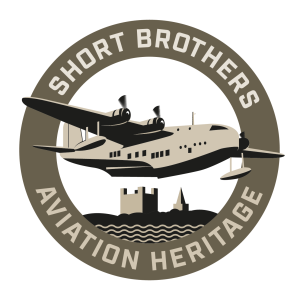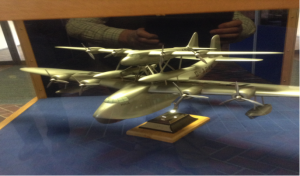
1917 – 1947

SHORT BOYS | These are the men, women and boys who worked for Short Brothers

My grandfather, Frederick Gibbs, worked for Short Brothers from the early 1920's through to the end of the war. It was while living at Sheerness that he first had contact with Oswald Short whom he greatly admired.
George worked at the Short Brothers Seaplane factory in Rochester as a mechanical fitter. It is not known for sure exactly when he started working there but a letter from Shorts confirms he was there at least as early as March 1939, at which time he was aged 19.
My maternal grandfather, William Joseph, left London with his family to work as a mechanic for Short Brothers when the Eastchurch Aerodrome first opened. He was present, with some of his children - including my mother – at the famous 1911 Airshow, which attracted so many people from far and wide. My mother Marjorie, (then aged 6) and her elder sister, Kitty (aged 8) well remembered being present at that event – and their father hoisting them up into the cockpit of one of the Bleriot planes.
My paternal grandfather, Arthur Henry Crowe (1876 – 1947), worked for Short Bros. at Eastchurch. He was a labourer. He used to tell me how he was in charge of the horse that used to pull the flying machines from the hanger and had his photographs in the early issues of Flight Magazine.
 Robert ‘Bob’ Boorman was the Short’s Chief Technical Engineer. He started wort at Rochester in August 1926 and retired after 42 years’ service in March 1968, Throughout his career he was a big part of the Apprentice Scheme that was widely recognised as a sound basis for training young boys in engineering.
Robert ‘Bob’ Boorman was the Short’s Chief Technical Engineer. He started wort at Rochester in August 1926 and retired after 42 years’ service in March 1968, Throughout his career he was a big part of the Apprentice Scheme that was widely recognised as a sound basis for training young boys in engineering.
“I remember, as a boy in 1938, on a school cross-country run, seeing the ‘Composite’ Maia/ Mercury separate over Rochester. All the Shorts employees came out to watch.”
Can be seen at Medway Archives, Bryant Road, Rochester ME2 3EP
“When I was nine years old I was fascinated by a cutaway drawing of the first Short ‘Empire’ flying boat spread across the centre of my boys’ paper ‘Modern Wonder’ in 1936.
My ambition from then on was to become a Shorts apprentice.
“I started work as a fourteen-year-old apprentice in 1942 working a 42-hour week that included day and night school. My training involved moving around at both The Seaplane Works and the Rochester Airport factory.
At the Airport I was employed on both Stirling four-engined bombers and making fins for the ‘Tall-Boy’ bombs.
Born 1930 in Gillingham, David was apprenticed to SHORTS at The Seaplane Works in August 1945 as a fitter and sheet metal worker in No. 18 Shop. He worked on components that were sent to the new company Shorts and Harland Ltd. in Belfast.
“I was at Rochester Airport when the American ‘Flying Fortress’ overshot the field when trying to land and bounced over the canteen, dipped the port wing cutting the tops of the trees and crashed just before the dog racing track. I believe the Ball Gun Turret man was killed at once.
There was a collection taken at Shorts at the time. Those were the days when everybody looked out for everyone else too.
“My father and uncle both worked at Shorts, the latter throughout the war. He told me stories of being a ‘Fire Warden’ and the bombing of the factory along The Esplanade.
Rochester Airport holds many memories for Mrs. Hilda Roe from Chatham. Not least because she was there when the Airport was bombed in 1940.
“It was an experience we never had before so we weren’t really aware of what was going on until we came out of the shelter and saw the damage that was done,” she said.
Now aged 94, Mrs. Roe was 17 when she first went to work at Shorts Brothers, just before the outbreak of the Second World War.
Born on 3rd March 1921 Bette would have been 19 years old when she started work for Shorts in 1940. At that time, young unmarried women were conscripted into war work or the Services. Bette’s job was cladding the rear fuselage of Sunderlands.
My mother worked at The Seaplane Works as a supervisor. She left to get married in the early 1940’s and was given a wonderful oil painting by E.J. Barker and a wonderful white tea/dinner service. It was a particularly happy period for my mother and she spoke of it often.
Ron was employed by Short Brothers in 1942 in the Planning Office. He and his friend, Arthur Butler, had to spend time in No.3 shop before moving to the Strood Extension factory an office, as an office boy.
William was in charge of the panel beating shop at Short Brothers in Rochester before and during the Second World War. His son, Jack, also worked there at the same trade.






